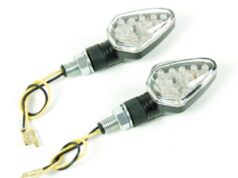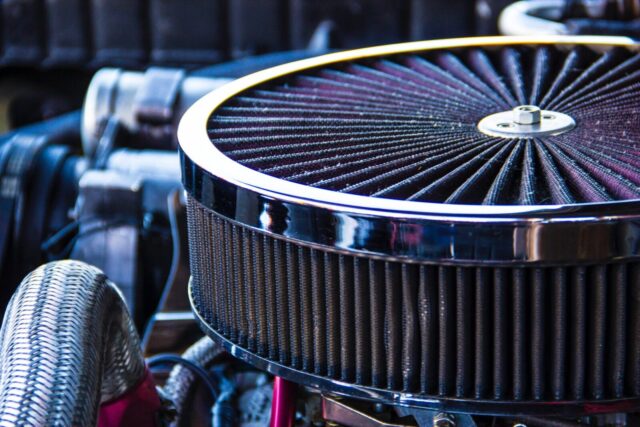
All automobile engines are made with a set of tolerances in mind. To keep it working in optimum condition, it needs a steady supply of clean air. To keep your engine well fed and in good working condition, the air filter is its first line of defense, so always replace it periodically, especially if it’s been a while since you checked it. So what makes them so important? Check out this resource to learn more about air filters from their basic functions to replacement procedures.
While it is a fairly common maintenance procedure, air filter replacements are often overlooked, which can cause the engine to run inefficiently, and even damage it in some extreme cases. Modern cars usually have two air filters. One for the engine, and one for the cabin. While both may look similar, they serve different purposes.
The main purpose of the engine air filter is to prevent dust and other debris from passing through the intake, and clog up the engine, while the cabin air filter is used to clean the air going into the cabin through the HVAC system, allowing occupants to breathe easy and avoid pollutants.
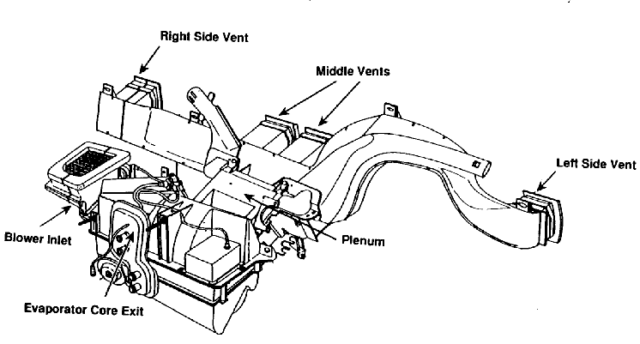
As the engine air filter gets dirty, it will start to restrict airflow, making the engine run inefficiently, and burn more fuel. While both are equally important, the engine air filter is usually a lot easier to replace and can be done at home.
Always refer to your car’s owner’s manual to find the maintenance schedule for that particular model. On most engines, the replacement must be done every 15,000-30,000 miles depending on running conditions. It must be noted that most of these recommendations are made for vehicles that run in ideal conditions. If for instance, you drive a lot in hot weather, heavy traffic, or dusty conditions, the filter will get clogged up a lot sooner. Anticipating this, manufacturers also list out different intervals for “severe” running conditions, which will require a change every 15,000 or fewer miles.
It’s also a good idea to switch out air filters every 12 months if you’re running low.
When you’re on the road, the car will encounter dust, sand, grit, and dirt, most of which will be sucked up by the air intake. Before reaching the engine, all this gunk is filtered out by the engine air filter, causing it to get dirty as the miles pile on. The effect is amplified if you live on a dirt road or drive in a dusty environment.
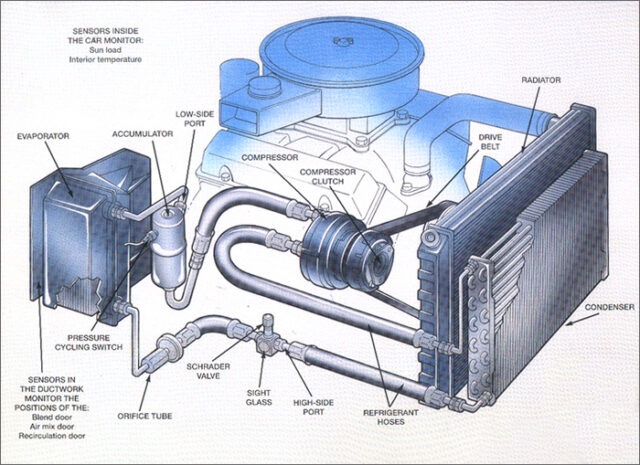
Unlike older vehicles that had the air filter on the top of the engine, modern fuel-injected vehicles use a series of ducts to funnel the air into the throttle body. The filter is usually placed near the start of the tubing along with a resonator to reduce noise. Several sensors are also used in the intake like the mass airflow sensor, intake air temperature sensor, and more, all of which can get damaged if dust and dirt get accumulated. Since engines prefer cold air for optimum combustion, the intake tubes are led to the outside or within the wheel wells to avoid sucking in hot air.
Paper filters are almost always used for modern engines due to their simple and cheap nature. They consist of paper bent in a zigzag shape to catch dirt in its crevices. Because of its nature, paper ones cannot be cleaned when they get dirty and should be replaced.
Air filters are usually very cheap compared to other parts and can have a big impact on performance if ignored. Higher-end filters that last longer are also available for saving more money and increasing service intervals.
For performance applications, other types like cone filters are used which can be cleaned and reused using special oils and other cleaners.
How to know if the air filter needs to be replaced
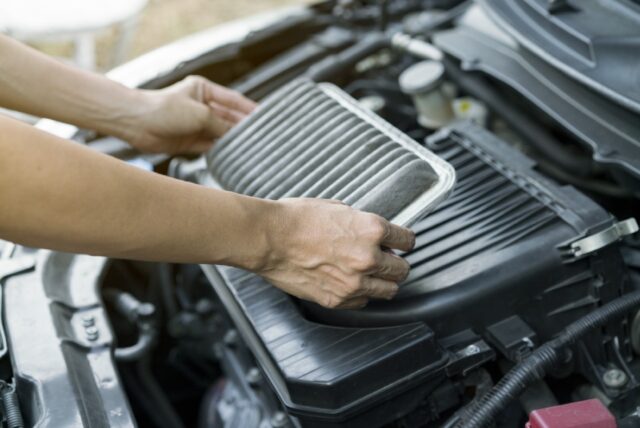
The quickest and easiest method to find out the condition of your air filter is to take it out and inspect it. Usually, there will be black spots on the filter indicating the accumulated dirt. If it’s in the original color, it still has some life left. Make sure you check both sides of the filter, as the intake side will accumulate the most dirt compared to the engine side.
Most modern cars use paper filters that cannot be cleaned and should be replaced according to the service interval.
Other signs include hesitation while accelerating, requiring more cranks to start the engine, reduced fuel efficiency, and in some severe cases, a completely clogged filter can cause a no-start condition.
If the car is not in regular use, rodents and other animals can make nests in the filter housing, and damage or clog the air filter completely.
How to change the air filter
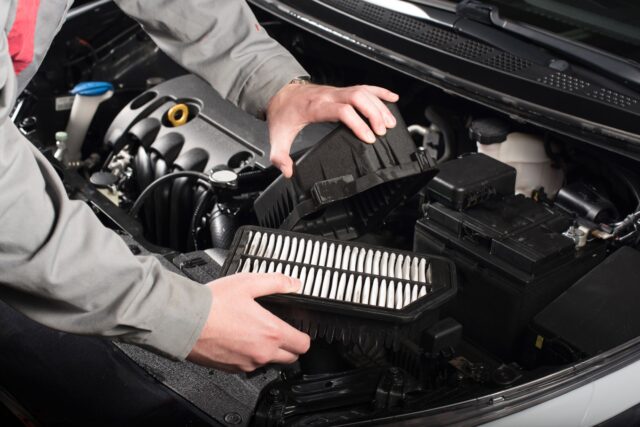
Depending on your engine, there may be one or two air filters for each intake. Refer to the manual to find the location of the air filter. Usually, some clips are used to hold down the filter housing, remove these and the housing should open up, revealing the filter.
In some cases, you may have to remove the intake hose from the housing for easier access. Take out the old filter and check for any other debris like leaves or rodent nests in the intake hoses and air filter housing. If everything is clear, take a cloth and wipe the housing clean before installing the new one.
Also, check the old and new filters side by side for differences in size and shape. Once everything is clean, place the new one and close the housing. When changing it, it’s also a good idea to clean the throttle body for smooth running.
Benefits of a clean air filter
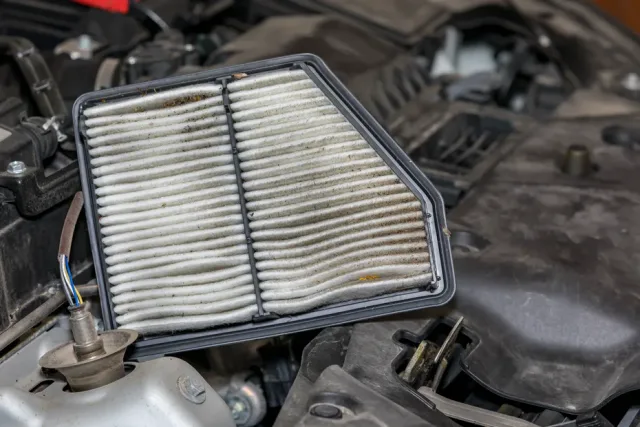
With a new and clean one, the engine will be able to breathe effortlessly, increasing overall performance and efficiency. It will also allow the optimum air-fuel ratio and improve emissions.
Because no debris and dirt get into the critical engine parts, the engine life will also significantly improve.
Now that you know the ins and outs of engine air filters, make sure you check and replace them whenever necessary because this seemingly small and cheap part plays a major role in how your engine functions.






